Ghostrunner is a lean-forward game. You know the position: When the going gets tough, anything short of absolute focus won’t cut it, so you lean forward, elbows on thighs, in order to close the distance between your eyes and the TV as much as possible. With a lean-forward game, the going is always tough. Ori and the Will of the Wisps is a recent example. Celeste comes to mind. (Yes, such games are often platformers.) Ghostrunner is the latest addition to the pantheon.
First released in October for Xbox One, PlayStation 4, and PC — and just last month for the Nintendo Switch — Ghostrunner is a first-person platforming game with a heavy emphasis on wallrunning, ziplining, and sword-slicing. You play as the titular Ghostrunner, a cybernetic android (I think?) with the singular goal of releasing a sumptuously baritone artificial intelligence from its digital prison. I say “I think” not because I wasn’t rapt with attention at every step of the game, but because the big reveal is mentioned in one offhand line halfway through — and the narrative isn’t exactly Oscar-worthy.
In terms of paint-by-numbers story and world-building, Ghostrunner plays all the greatest hits. The main character starts off with a blank memory. It’s set in the wake of an apocalypse (“the Burst”) and takes place in a futuristic arcology (“the Tower”), where the rich bask in splendor at the higher levels and the poor live in squalor near the lower ones. The ostensible villain is dubbed “the Keymaster.” That deep-voiced AI? “The Architect.” At one point, you have to reach an area called “the Core.” There’s an all-digital realm called — 10 bucks if you guessed this one — ”the Cybervoid.” Everything is neon, the police are clearly privatised and militarised, and there’s even a requisite homage to Akira, the 1988 animated cyberpunk film.
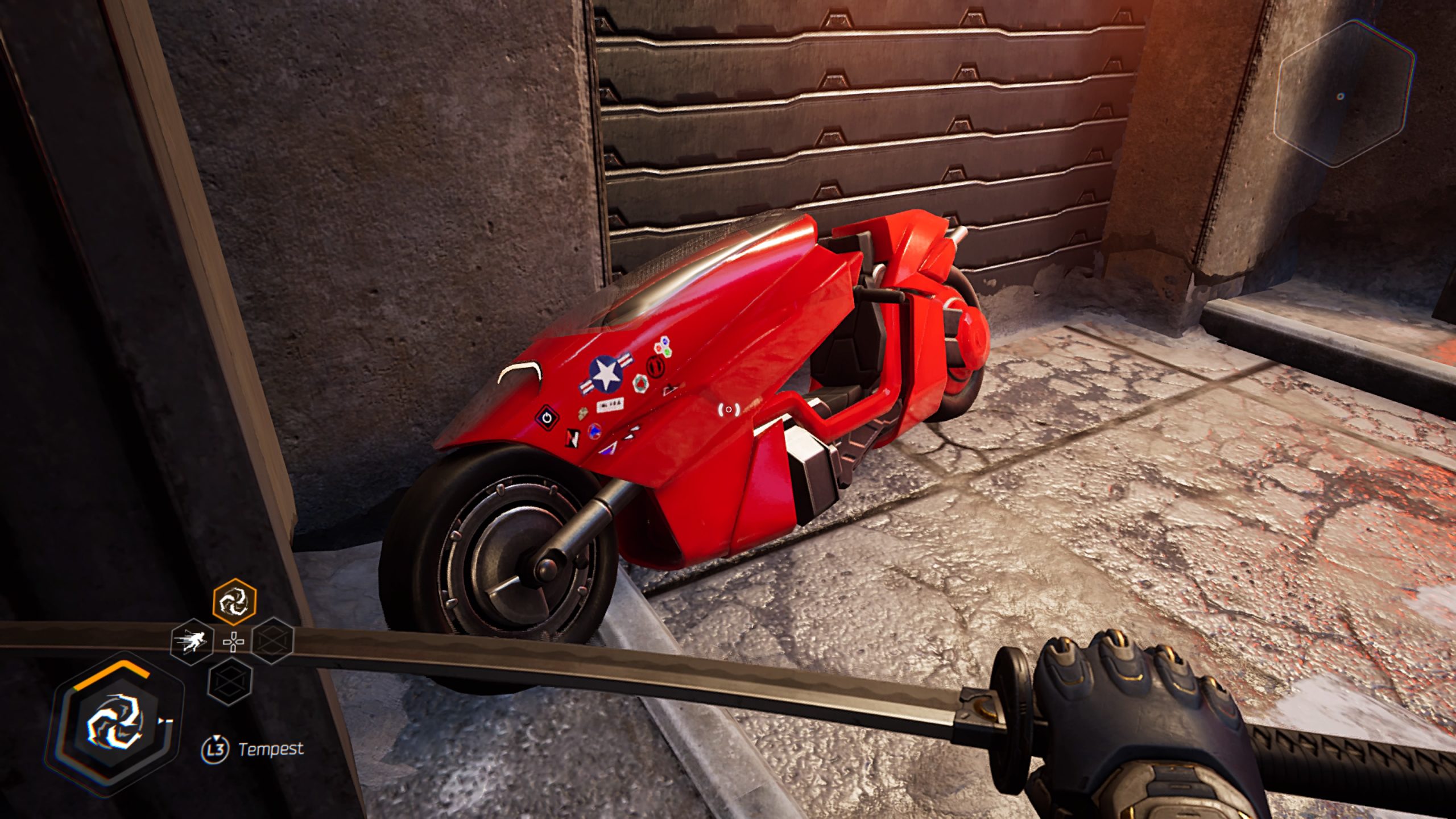
Yes, to play Ghostrunner is to ensconce yourself in a flipbook of cyberpunk-themed Mad Libs. So it’s a good thing the traversal and combat are tight as hell. In fact, setting aside the generic nature of its story, Ghostrunner is among the strongest games I’ve played all year on matters of gameplay alone.
The main tool at your disposal is the Ghostrunner’s preternatural ability for wallrunning, Titanfall-style. Tapping the right bumper (on PS4) will make you jump. Point yourself diagonally at any wall and you can run along it, provided you have enough runway to do so. Most of the enemies shoot lasers of some form. You have a sword. No fair, right? But, by jumping and holding down the left bumper, you’ll go into a heightened state of slow-motion, allowing you to dodge any incoming projectiles. Releasing the bumper will cause you to dash forward — an essential move for both dodging and closing the distance between you and your enemies. The left trigger, meanwhile, controls a contraption that’s more or less a mix of Nathan Drake’s grappling hook and Link’s hookshot. By aiming your cursor at sky-blue orbs strewn around the environment, you can zip to specific points and swing around levels at breakneck speeds. In Ghostrunner, if you’re playing as intended, you won’t stand still for a second.
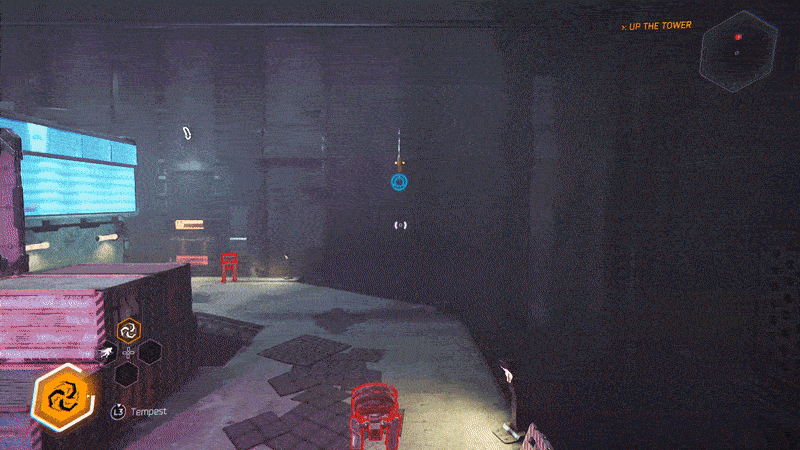
These controls may sound wonky on paper — and at first, yes, they felt weird, too. The game has more than half a dozen control schemes, some of which move the jumping input to one of the face buttons. I switched to one of those in the first level. It was fine for the first third of the game, but, as levels became more intricate and demanded more precision, I switched back to the standard “Bumper Jumper” scheme. Turns out, using the shoulder buttons allows for far more control than face buttons do.
You’ll need as much control as you can get, because death in Ghostrunner happens in a blink. Save for a handful of boss fights, every enemy will die in one hit. Same for you. (Respawning happens instantly, so death doesn’t impede gameplay.) And that’s to say nothing of the more strenuous platforming challenges.
Over the course of Ghostrunner’s brisk nine-hour campaign, I died a grand total of 1,295 times. Like most fine-tuned games (see: God of War), those deaths never felt unfair. They weren’t a result of bugs, glitches, wonky gameplay, poorly balanced levels, or some other fault on the game’s part. Rather, I knew what went wrong every time. I knew what to do. I just couldn’t do it without the practice runs first. Screwing up was always my fault, and never the game’s. This must be how Tom Cruise felt during Edge of Tomorrow.
The thing that kept me going — that drew me back no matter how many times a jerk with a sniper shot me out of the sky — is just how satisfying success feels in Ghostrunner. Because any enemy can kill you with one hit, even the grunts possess a potent sense of danger that never really dissipates, no matter how skilled you get.
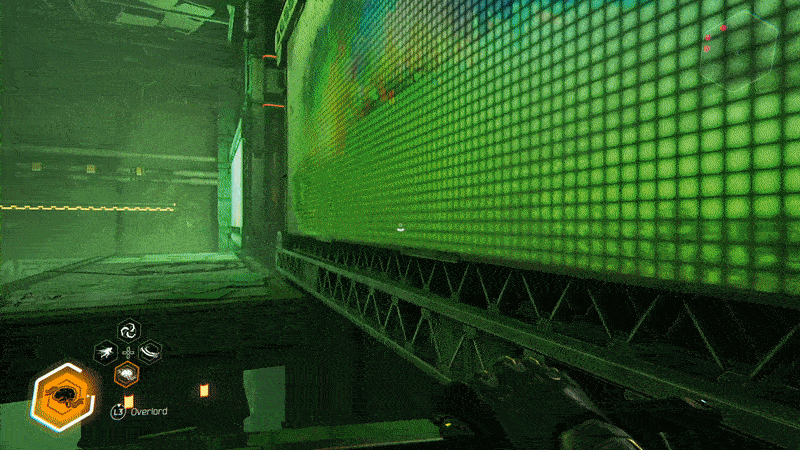
Close one! Pulling off ridiculous platforming feats triggers a rush, too.
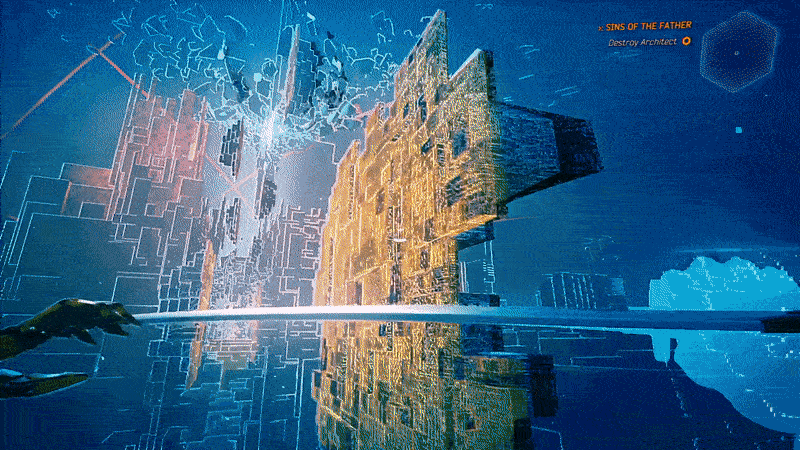
A suite of unlockable abilities shakes up the core gameplay even more. You start out with a fairly uninteresting dash move called Blink. (It does not compare to Dishonored’s move of the same name.) There’s also one that allows you to shoot a crescent-shaped projectile, and another that can only be described as “Force Push, But Cyberpunk.” A fourth allows you to convert enemies to your side. As you kill enemies, you fill up a metre. That metre will also fill up as you die, so, if you find yourself dying ad nauseum at the start of a chamber, you’ll eventually be able to deploy a game-changing move from the start, which could turn the tables in your favour. No comment on how often I relied on that tactic.
You can further customise these skills in a menu that bears a strong resemblance to a Tetris board. On the left, you’ll see a collection of blocks shaped not unlike the pieces from the seminal puzzle game. Those are your skill upgrades. On the right, there’s space for you to place those pieces. The savvier you are at organising them, the more upgrades you can use.
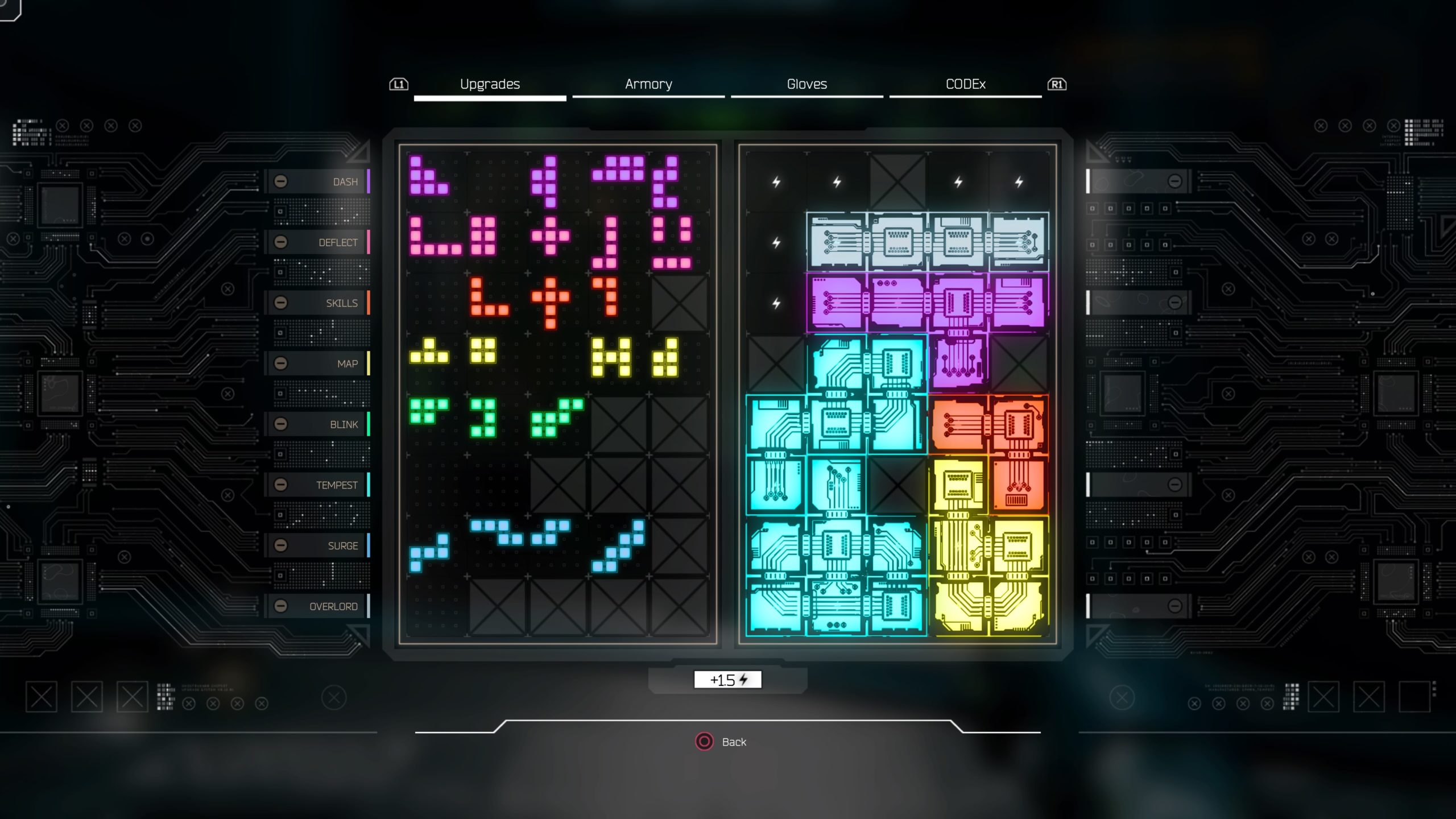
It’s a novel method of customisation, far more interesting than another banal system of point allocation. The drawback is the same drawback that saddles all short games with unlockable skills: You’re not really allocated enough time to fully use these abilities. You get a full kit for a level or two, and then the credits roll.
The good news is that Ghostrunner received a new game plus mode this week. It’s called, fittingly, Hardcore Mode. You start with all previous skills, and the twist is that all of the game’s enemies start appearing from the beginning. Those teleporting robots that give you hell in Ghostrunner’s final levels? They’re there. As are the dudes with annoyingly accurate rapid-fire weapons. Some levels also have reworked layouts, meaning you can’t just rely on the same platforming tricks that got you through the first time.
To call Hardcore Mode “hardcore” would be an understatement. Let’s put some numbers to it. On my first playthrough, I beat the game’s first level in six minutes and died a dozen times. On hardcore mode, it took me more than half an hour. I died 110 times — more than twice the deaths I racked up in the standard difficulty’s final level.
I’ve yet to re-beat the game on Hardcore Mode, but have committed to sticking with it for the duration, despite the raft of other games I need to check out for year-end purposes. Ghostrunner’s relatively short runtime is enticing enough to draw me into a second round, and the inclusion of every enemy type from the start makes it feel like a sequel, rather than a redux. I’ll be playing Ghostrunner for a while — well, at least until I can beat the most punishing stages with my feet kicked up.
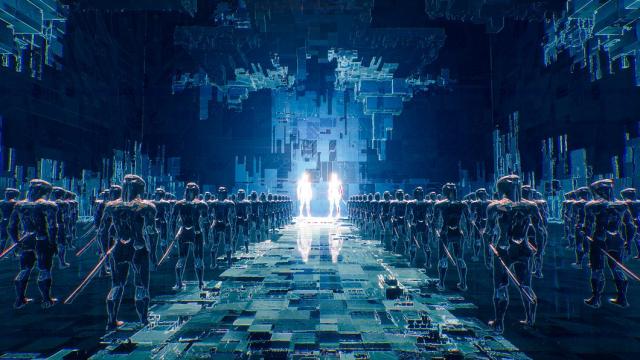
Leave a Reply